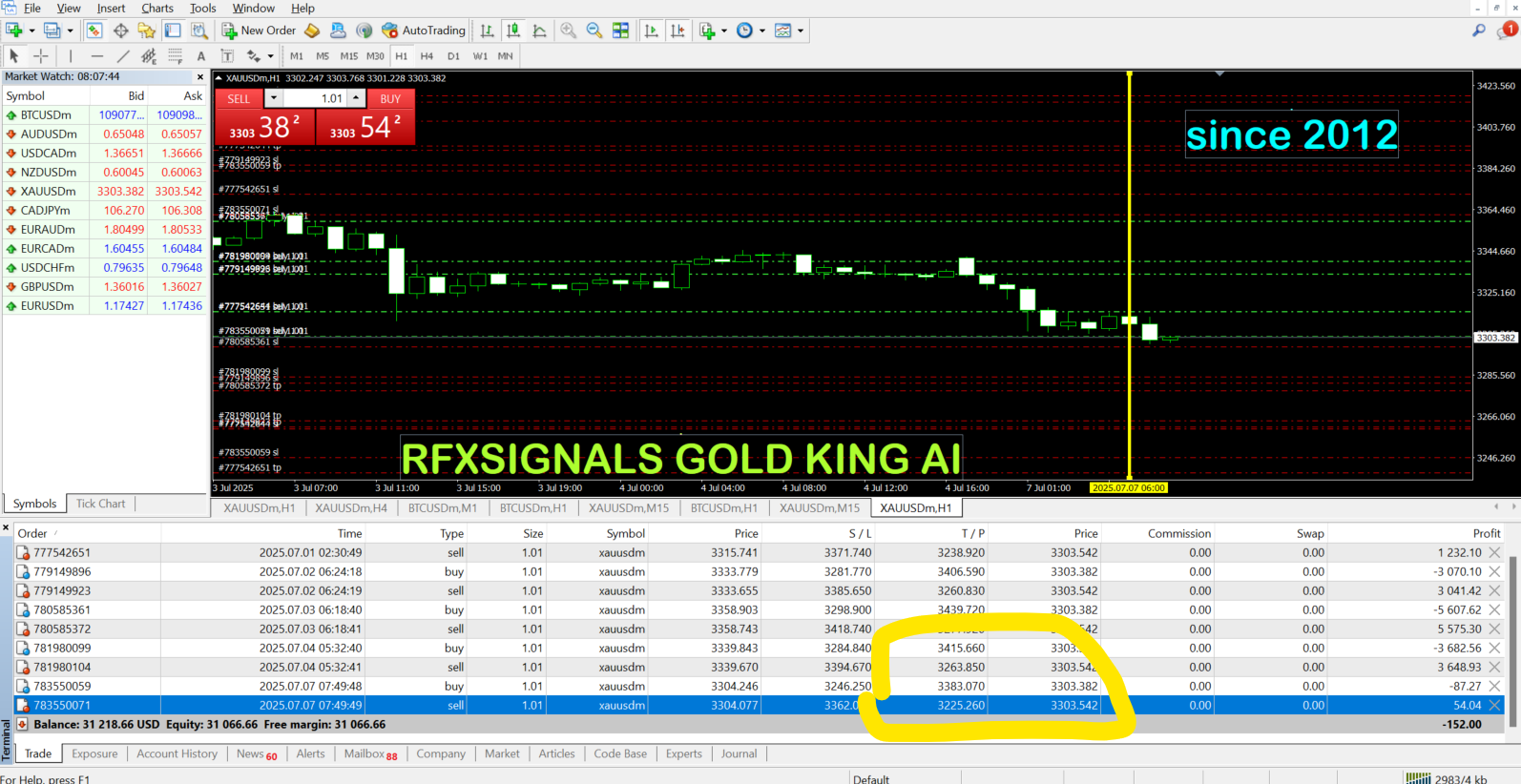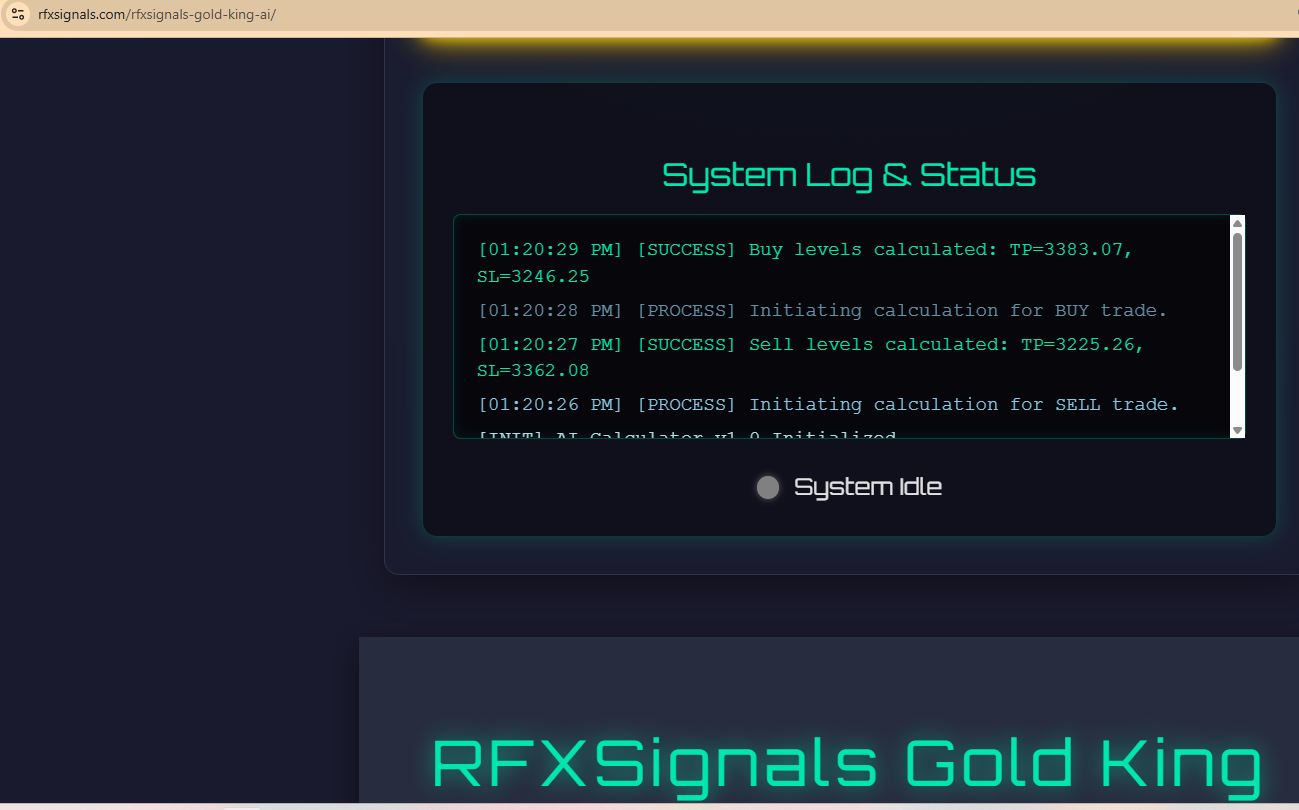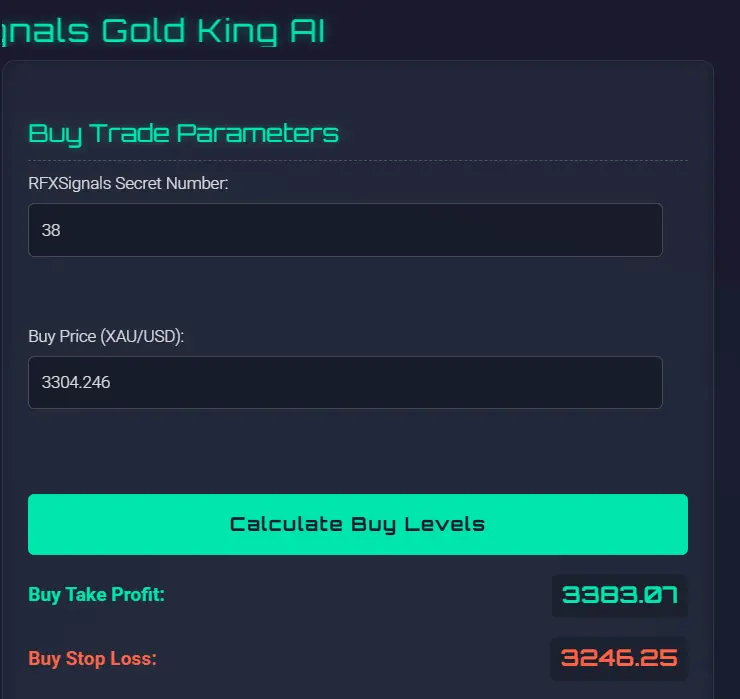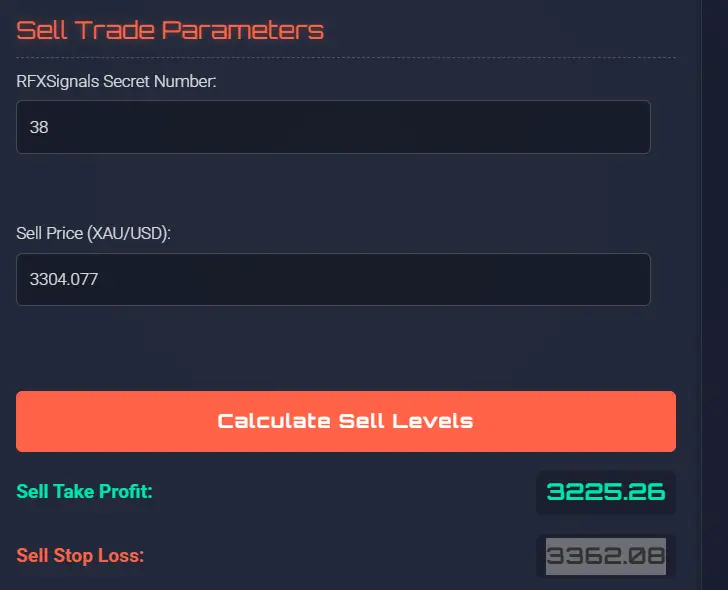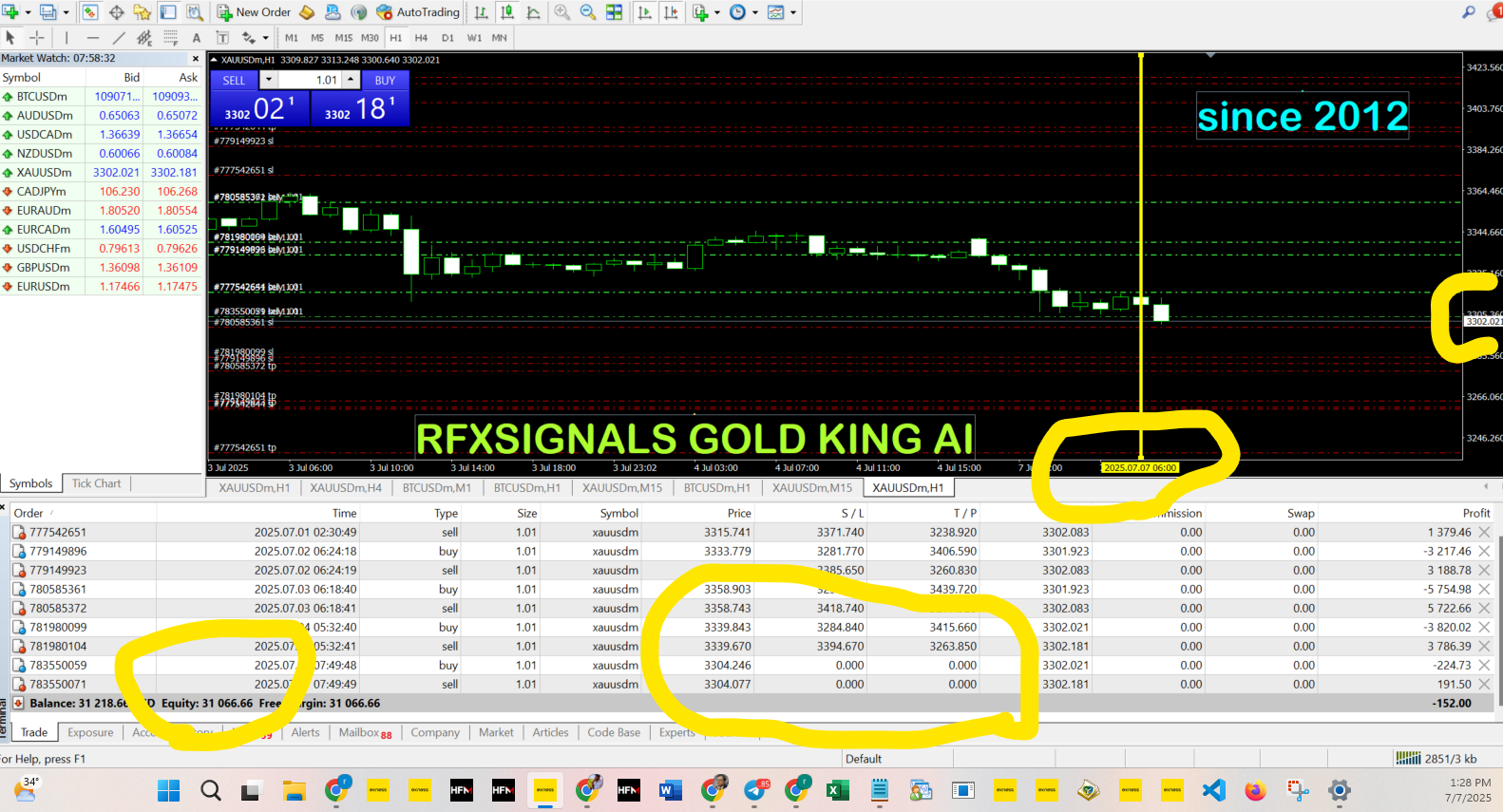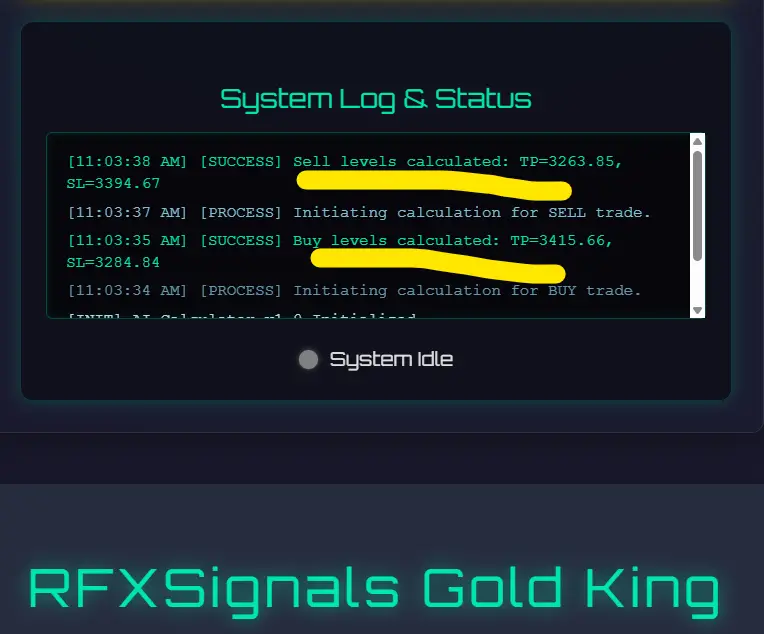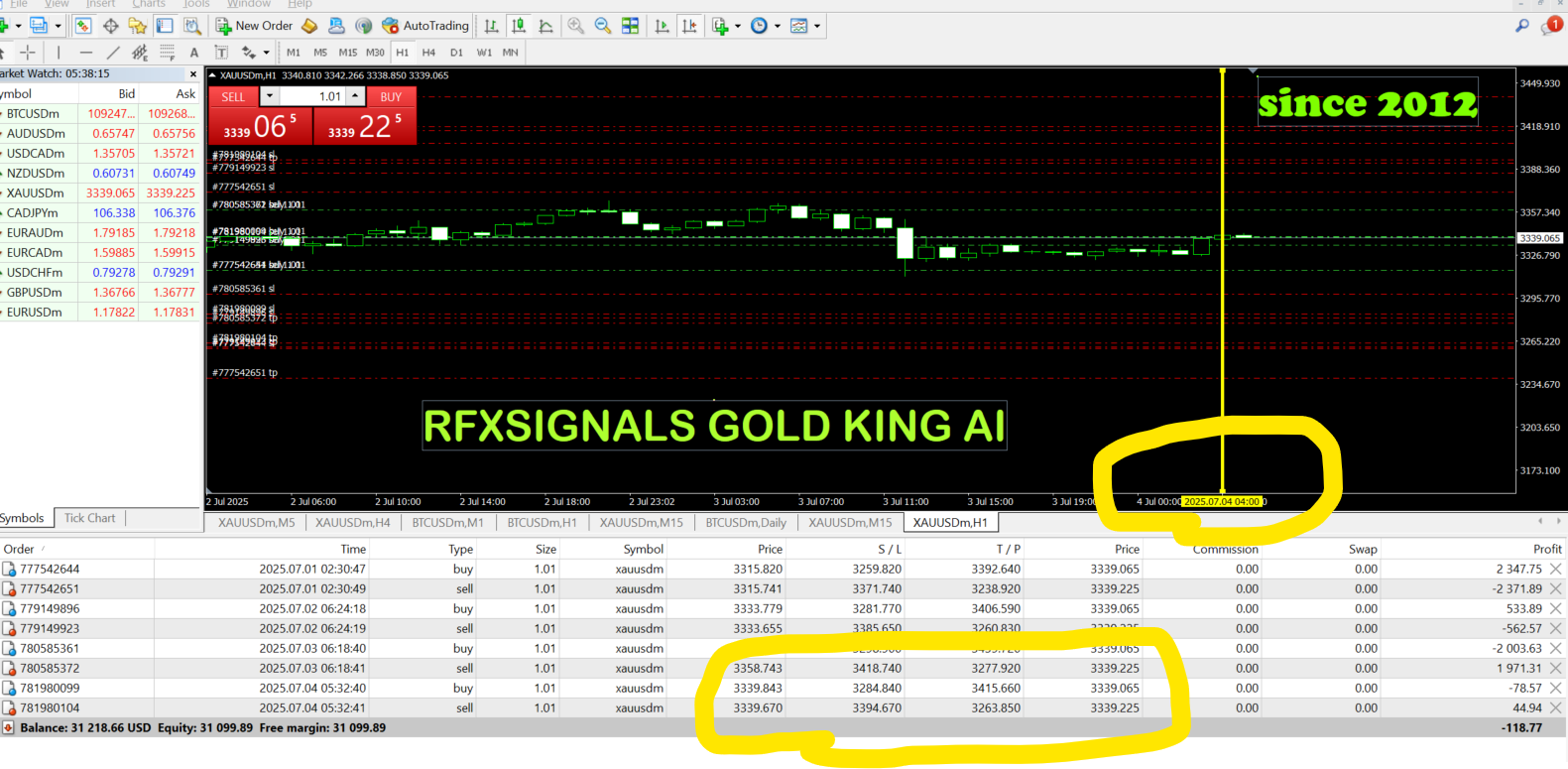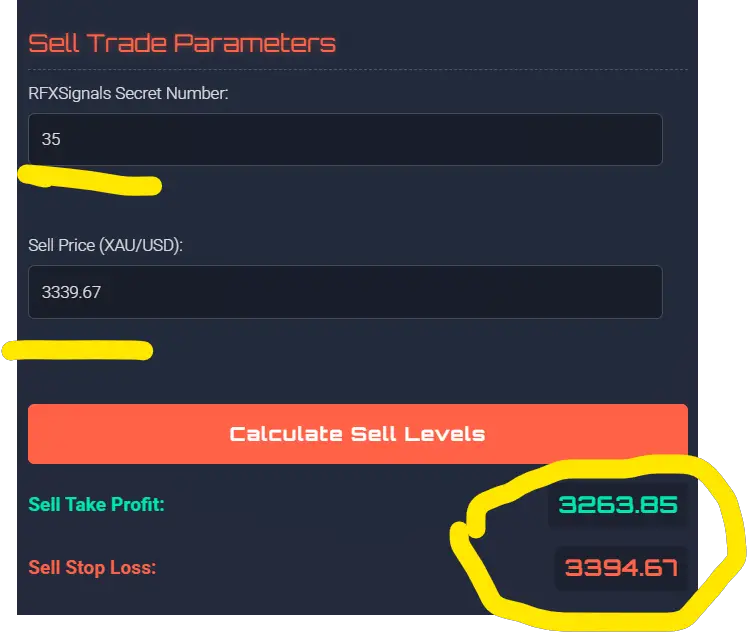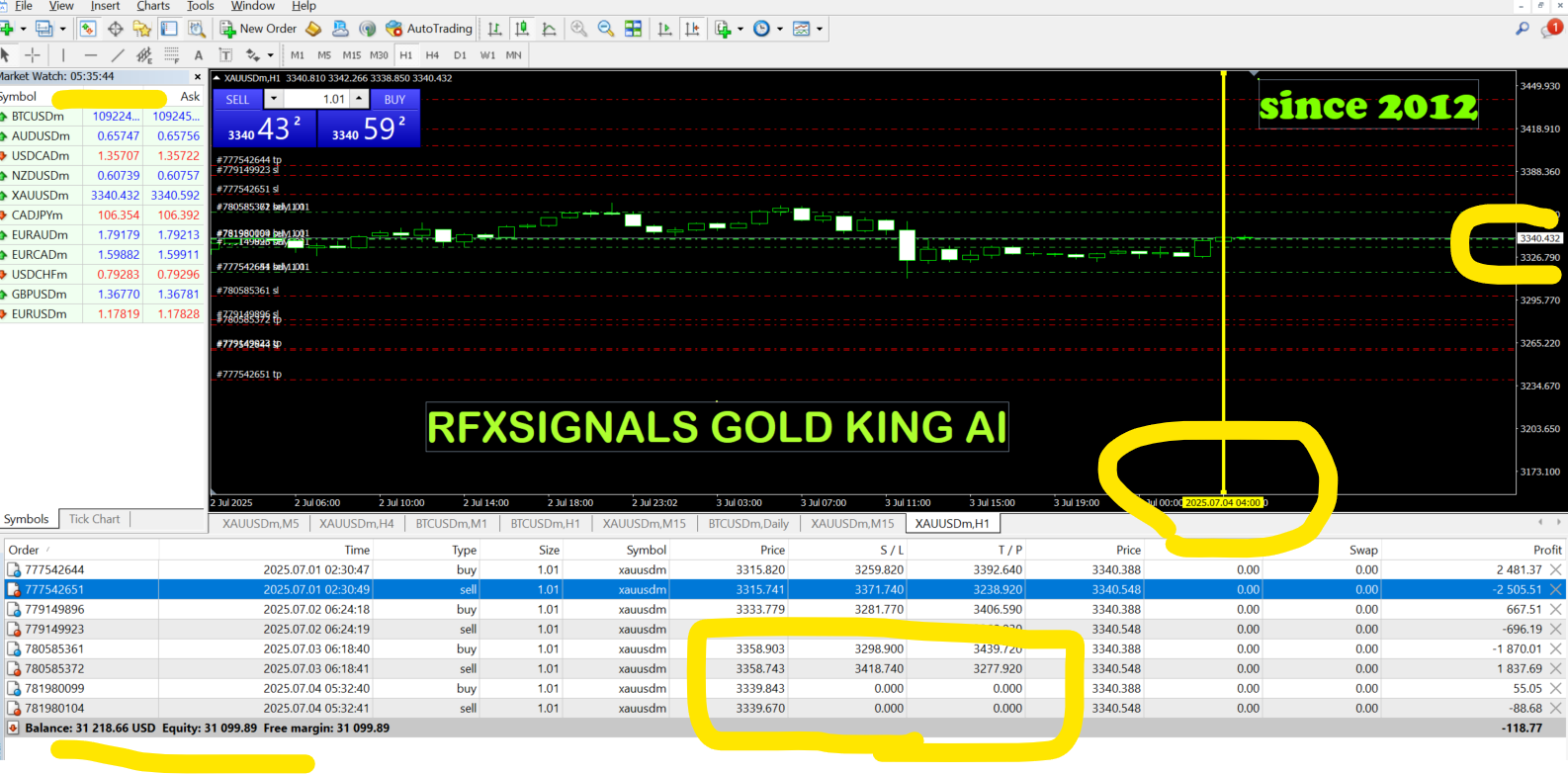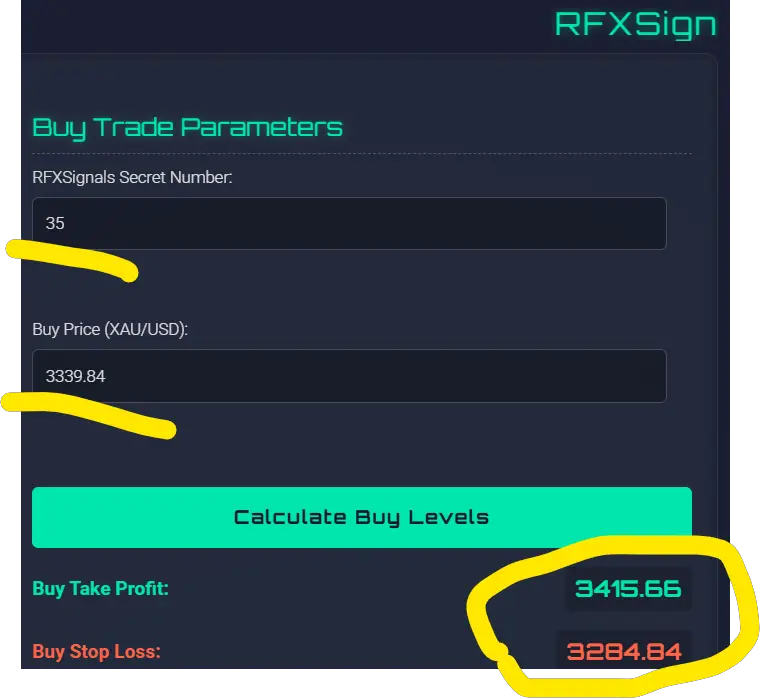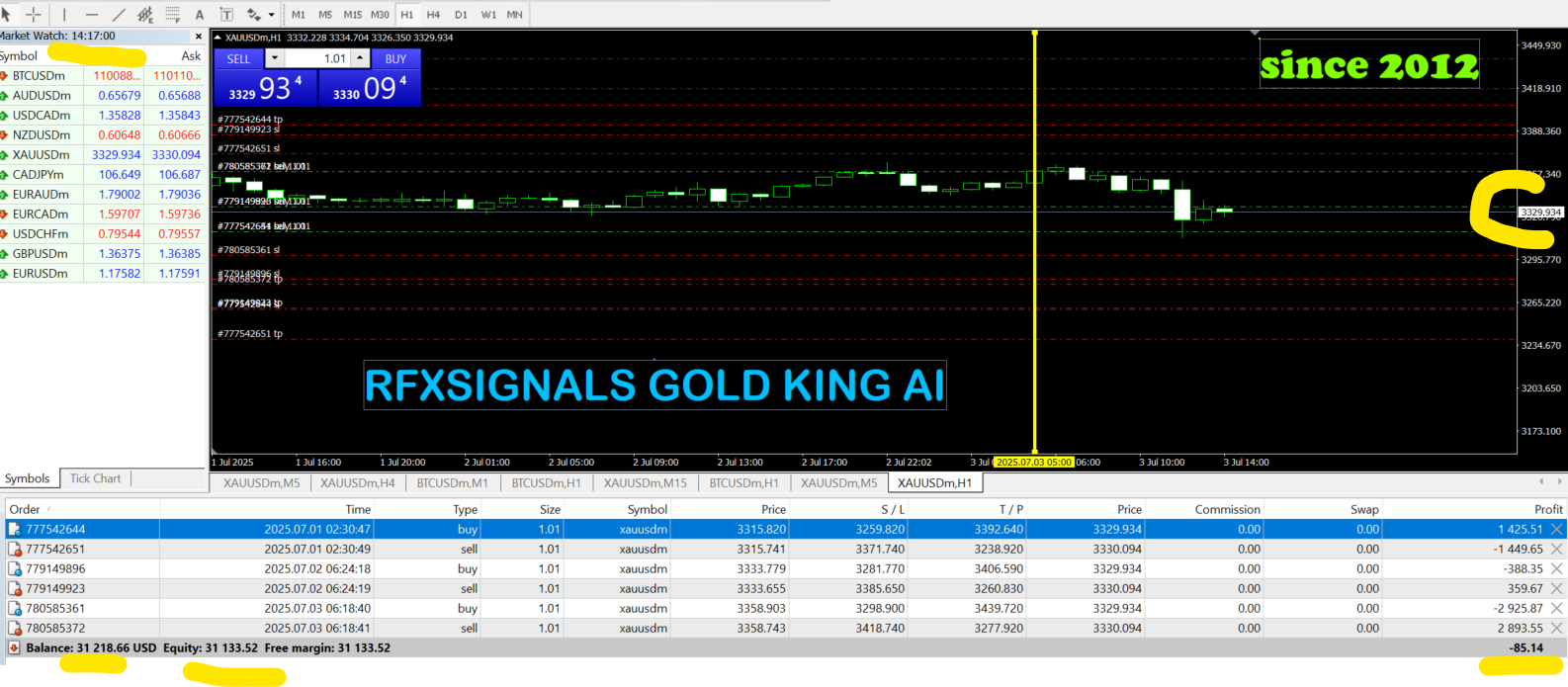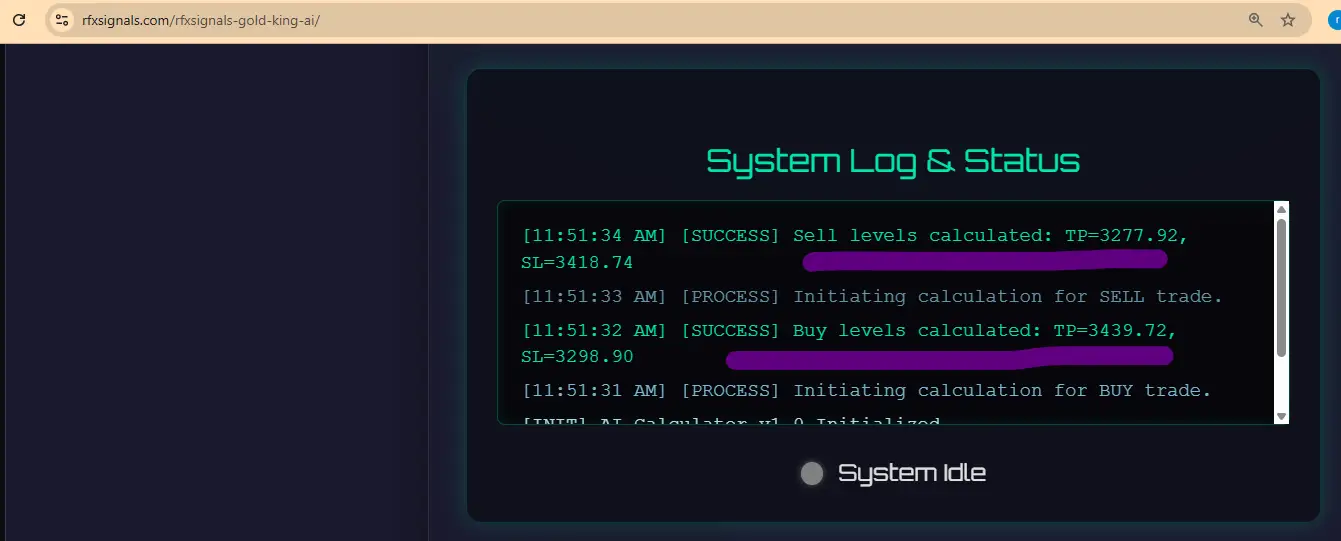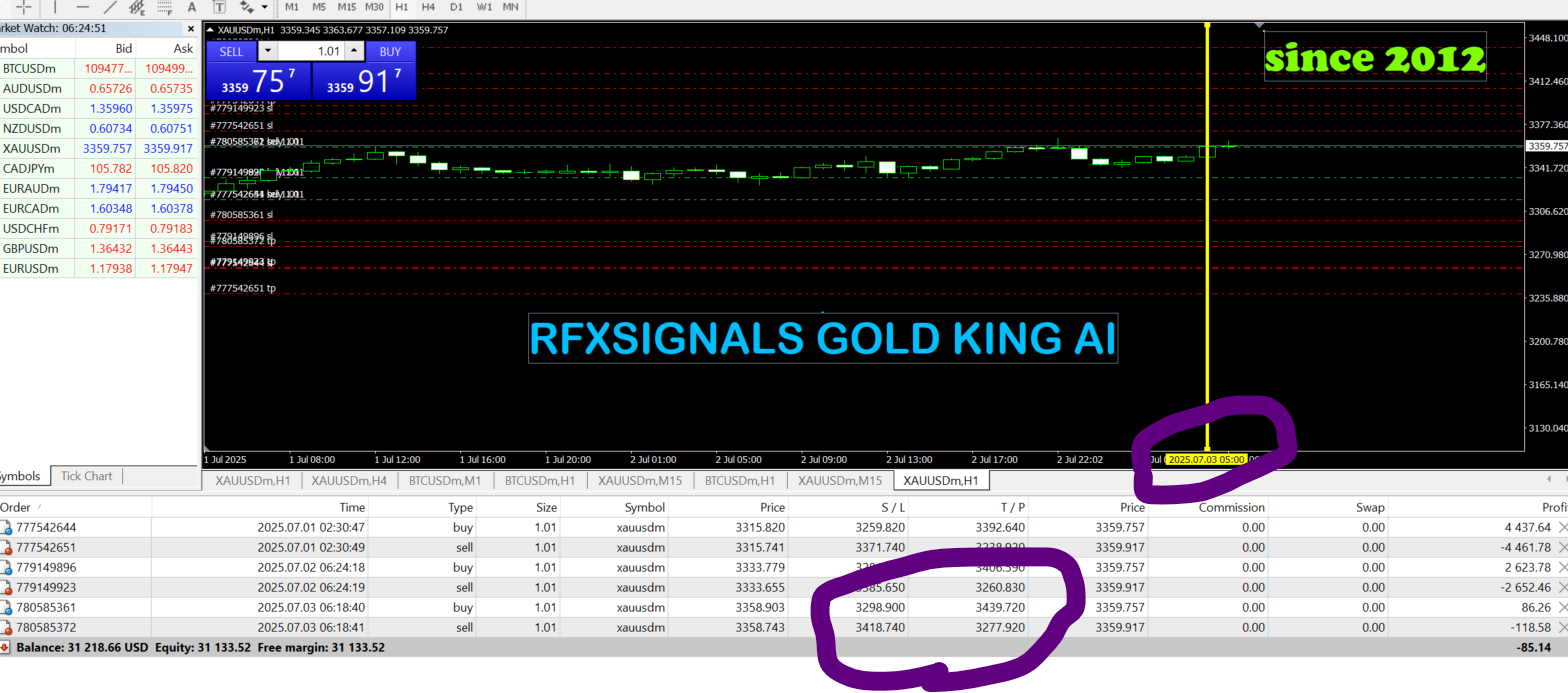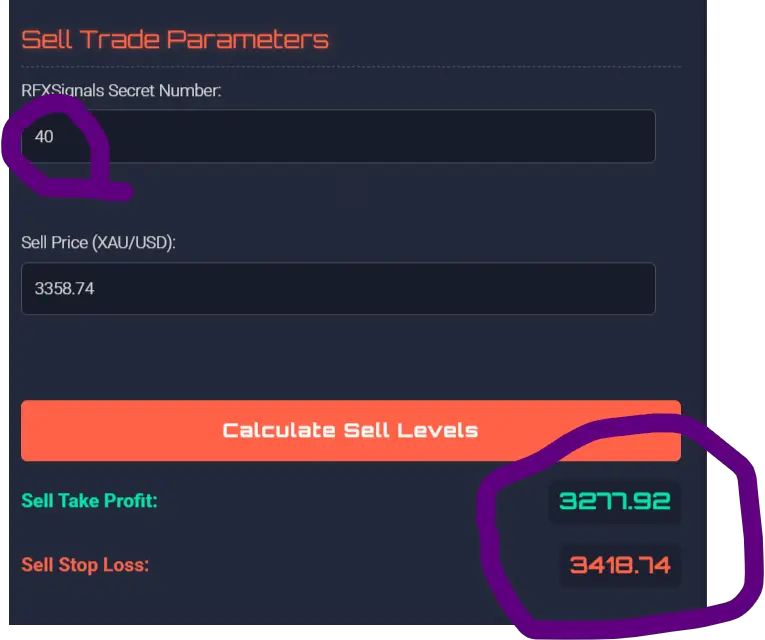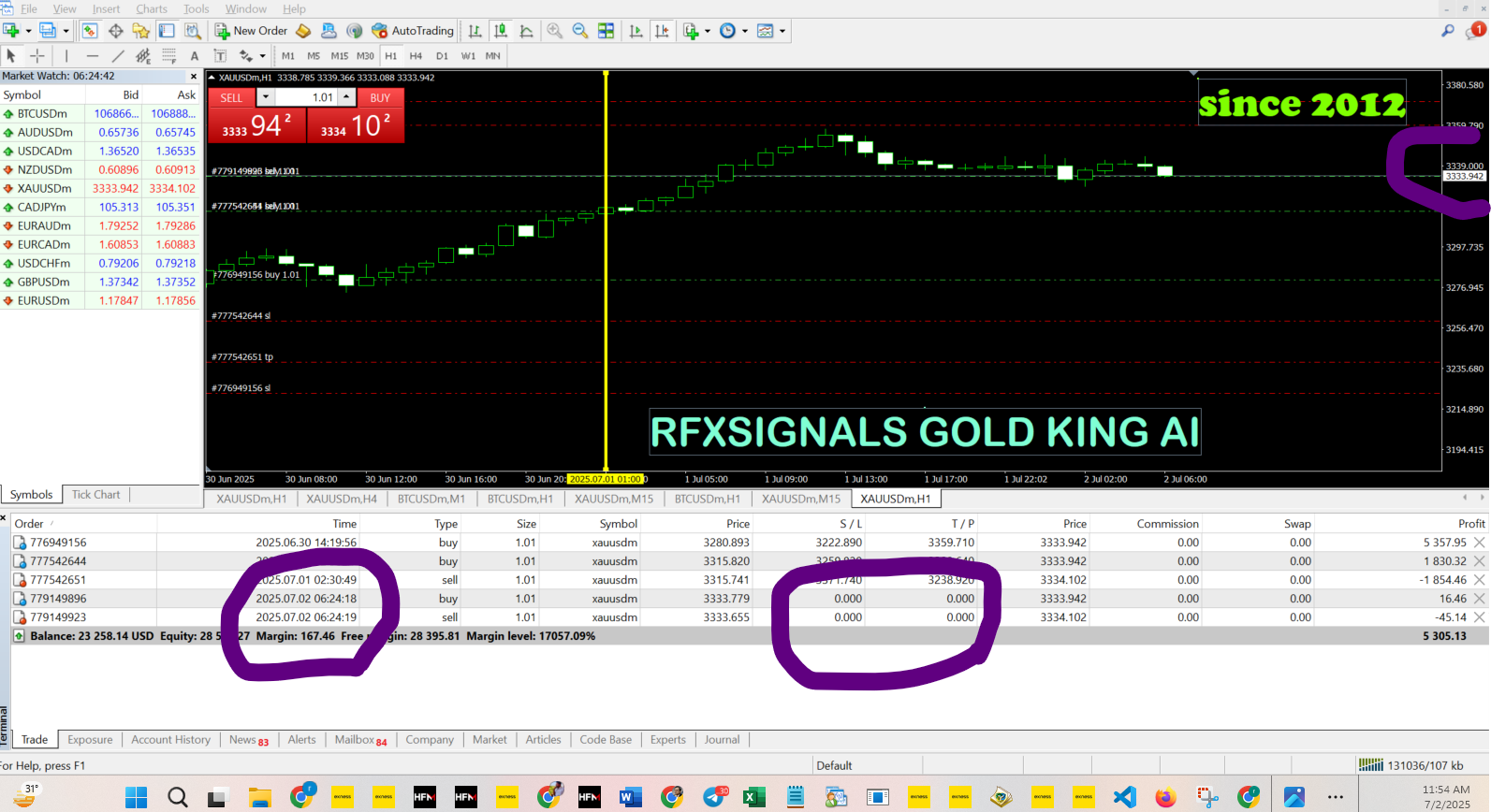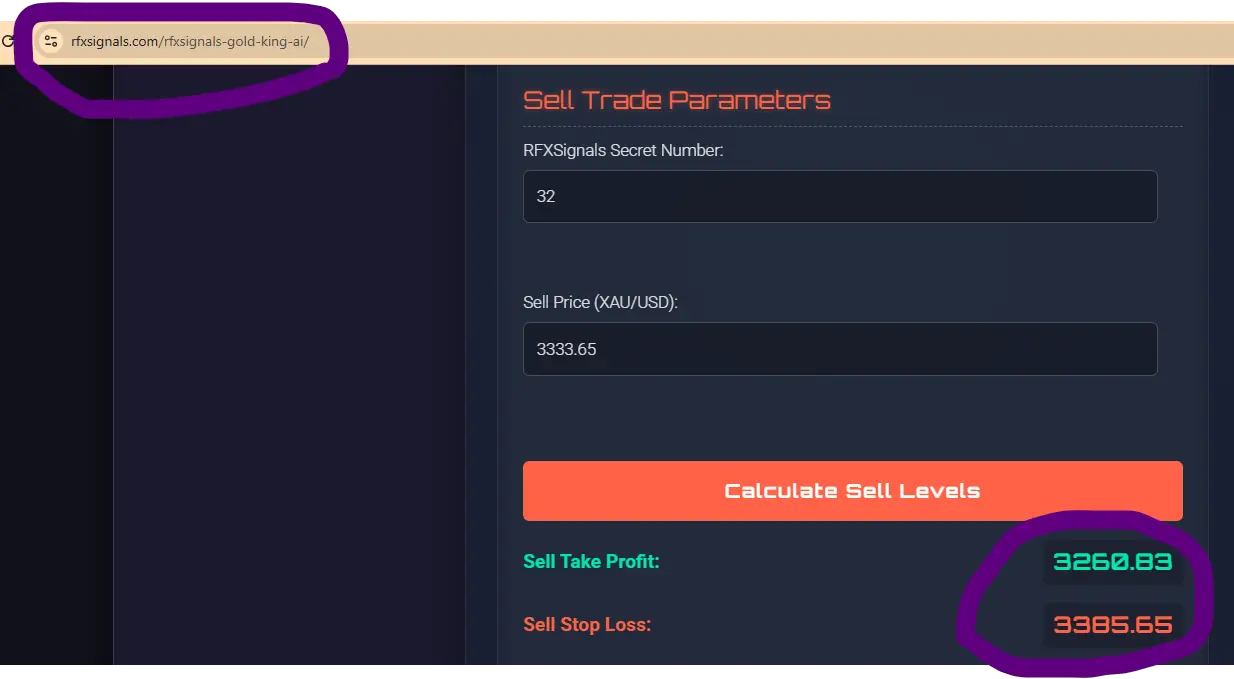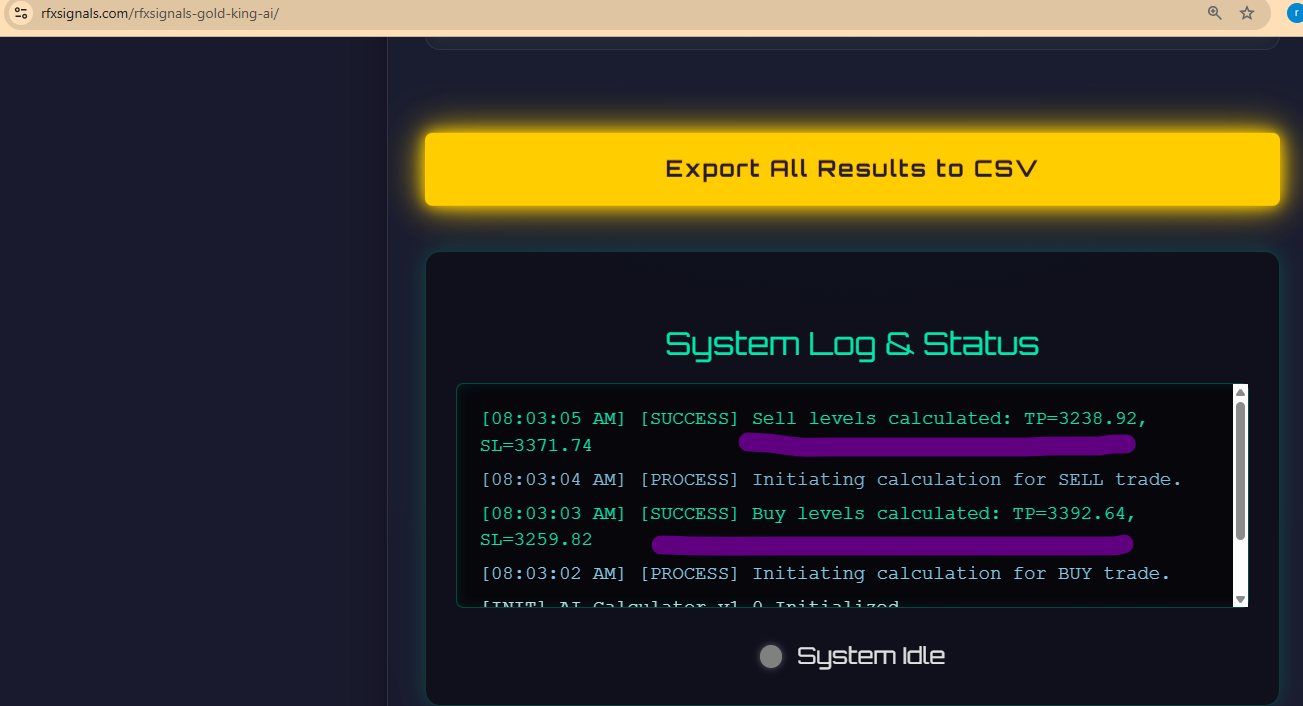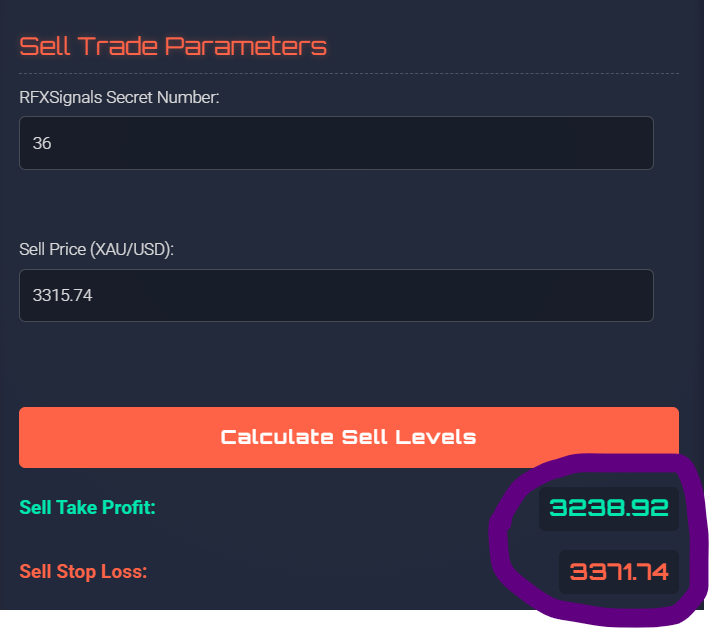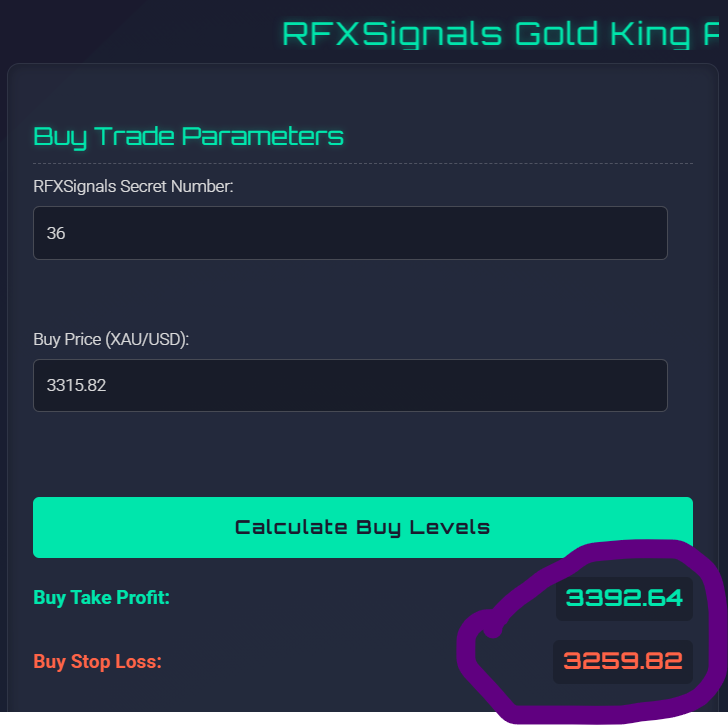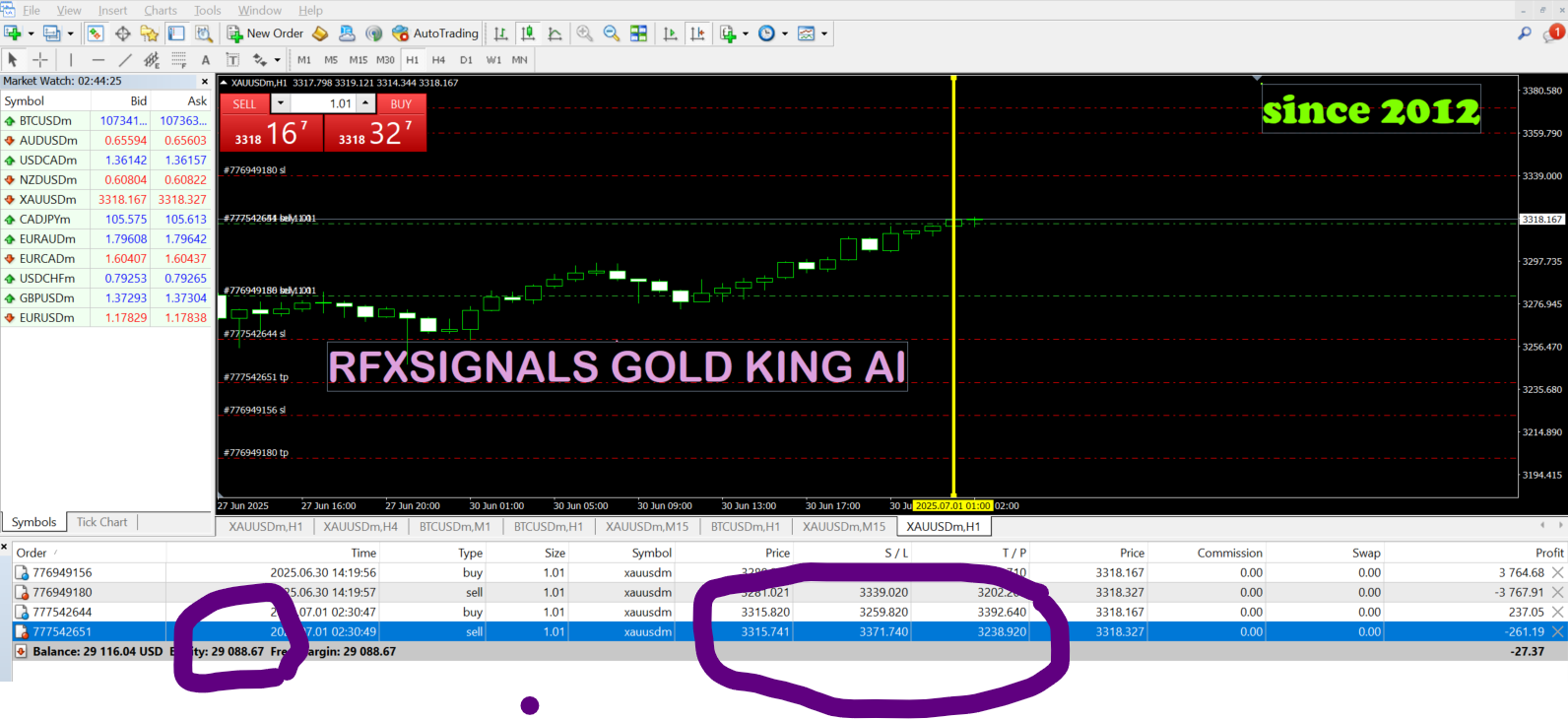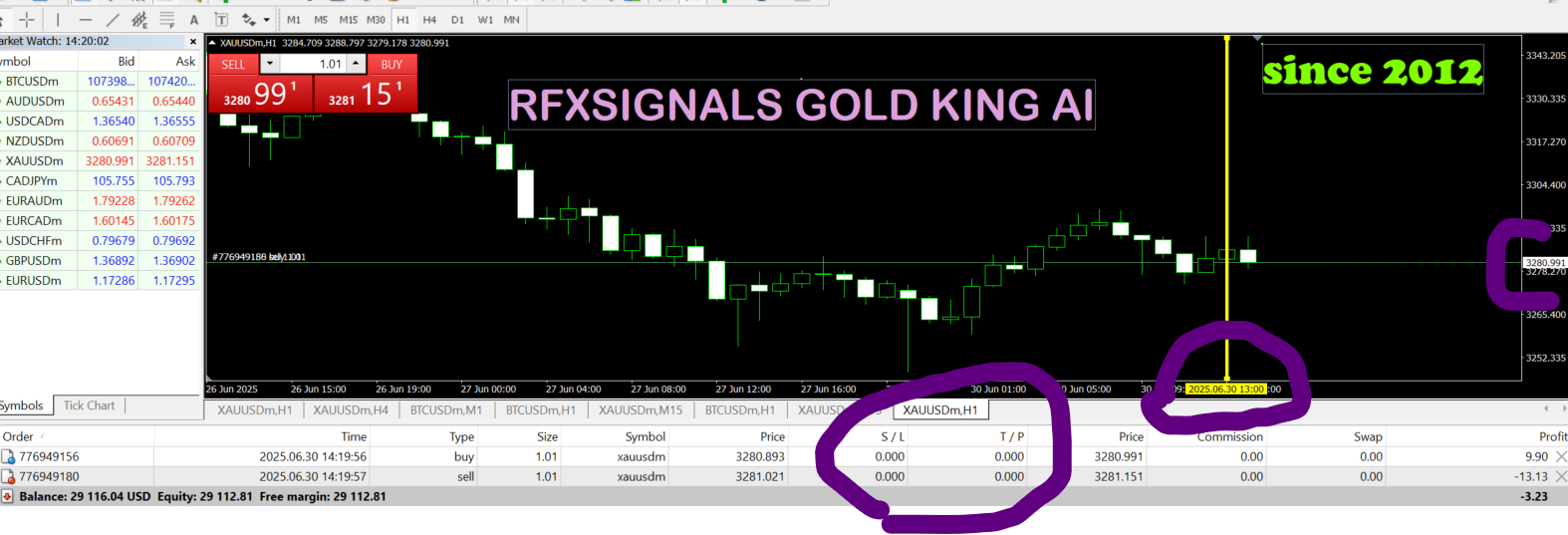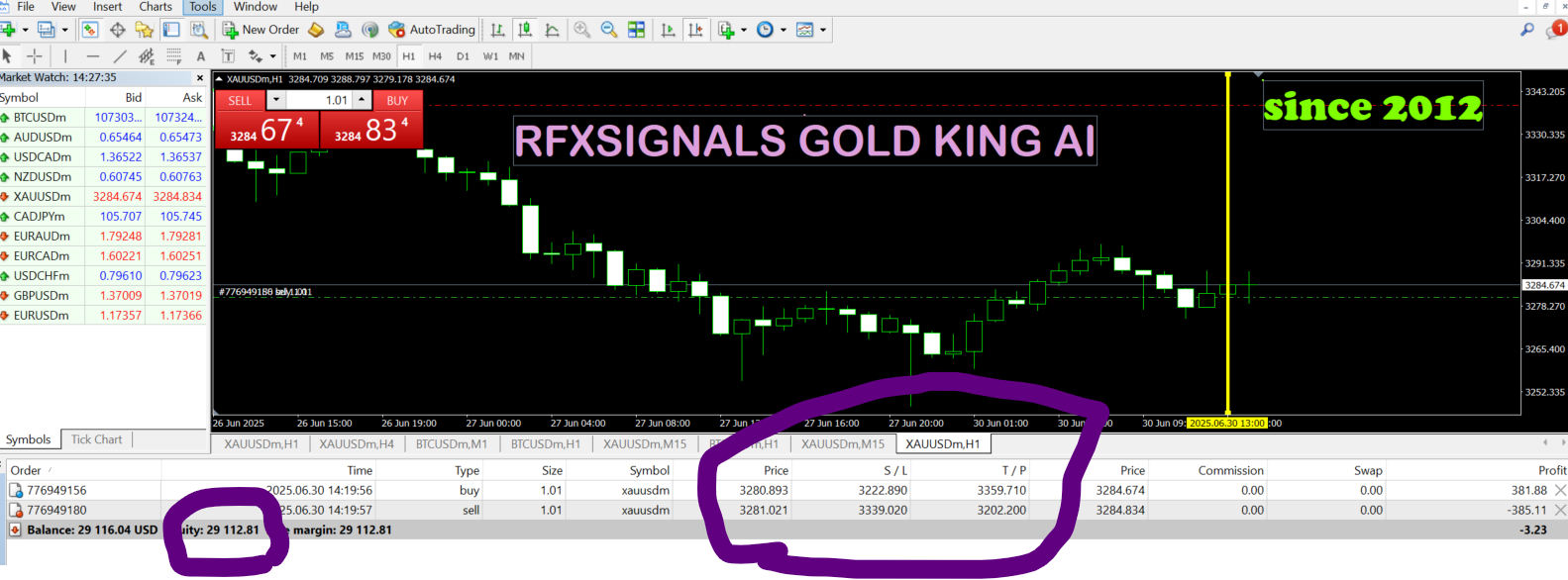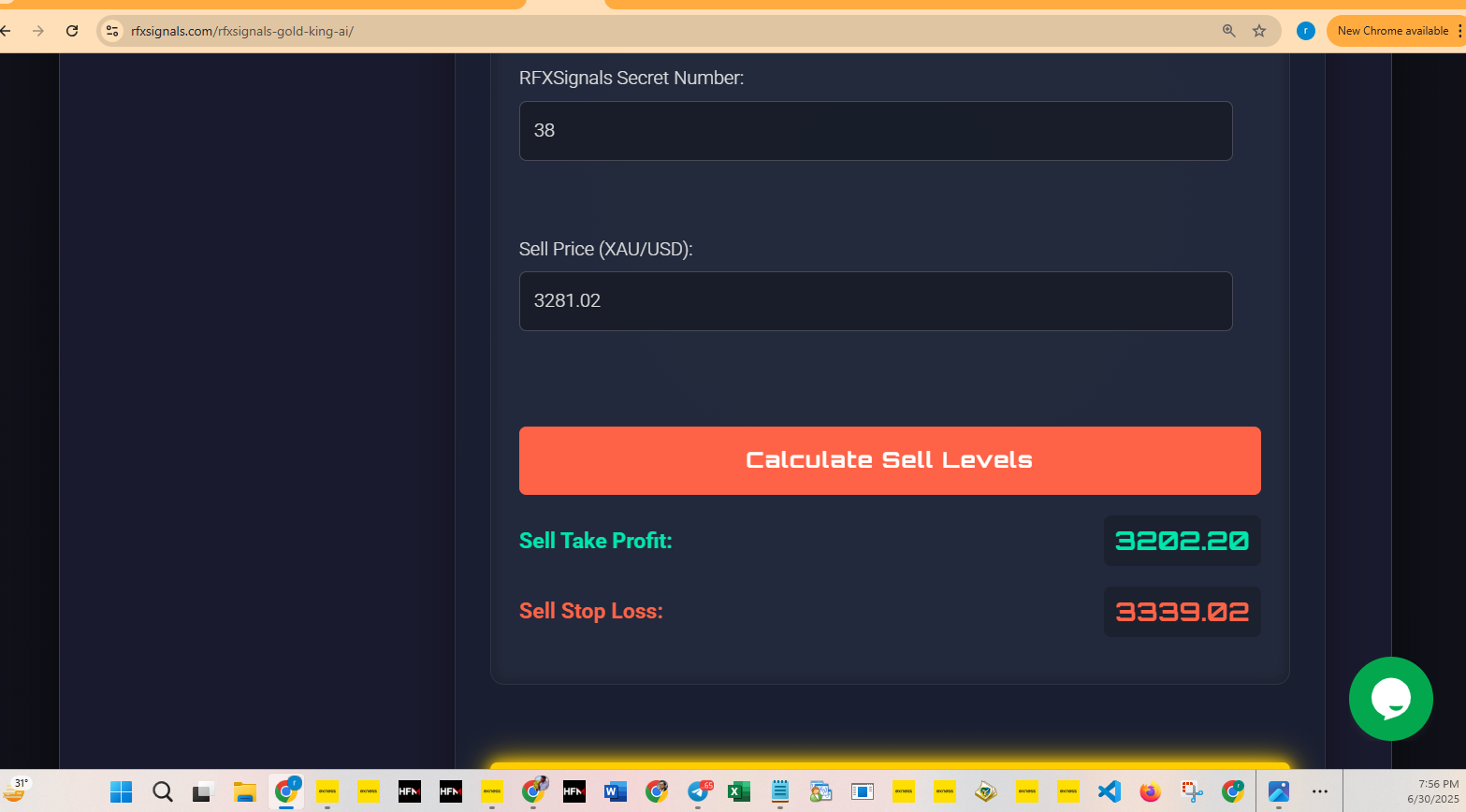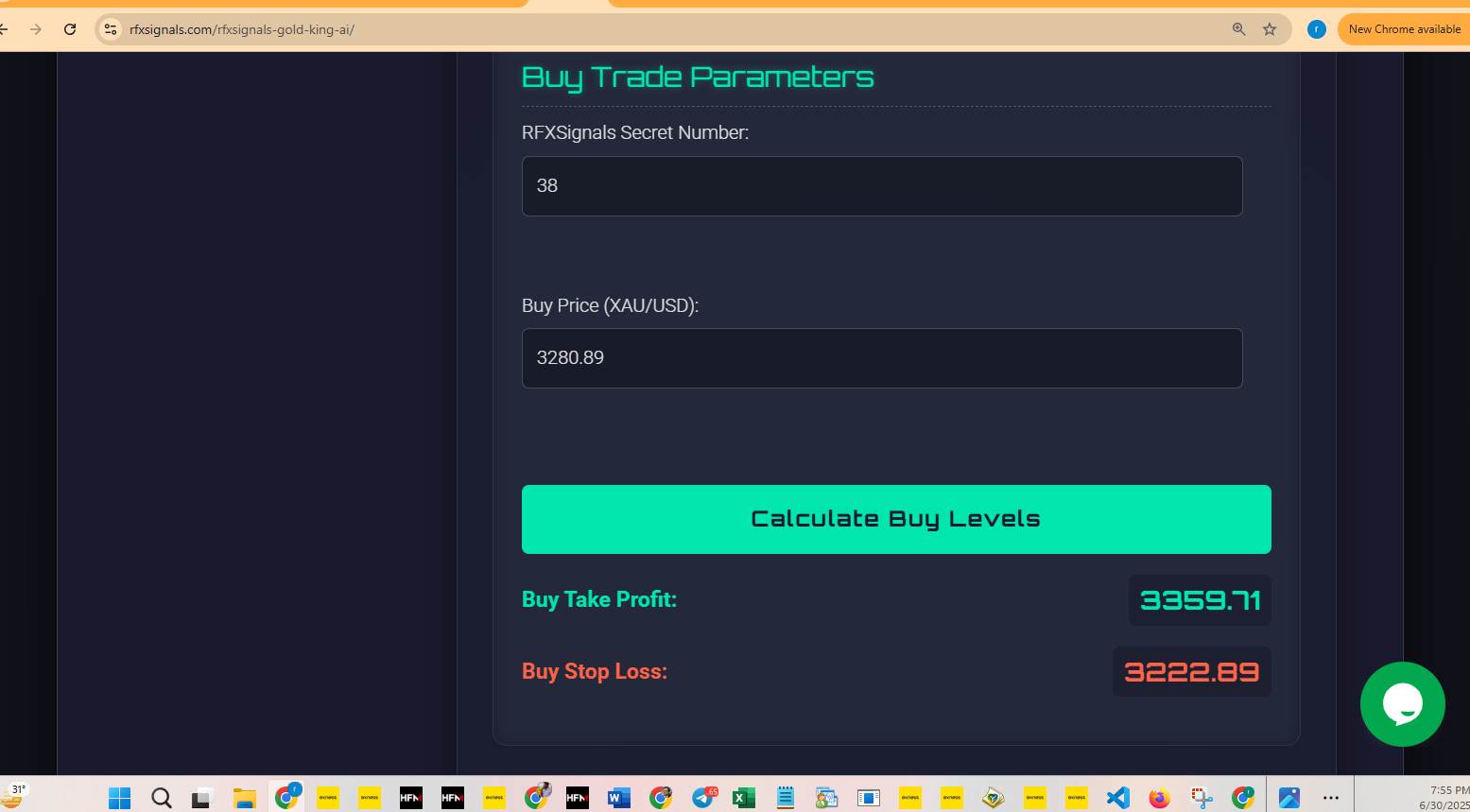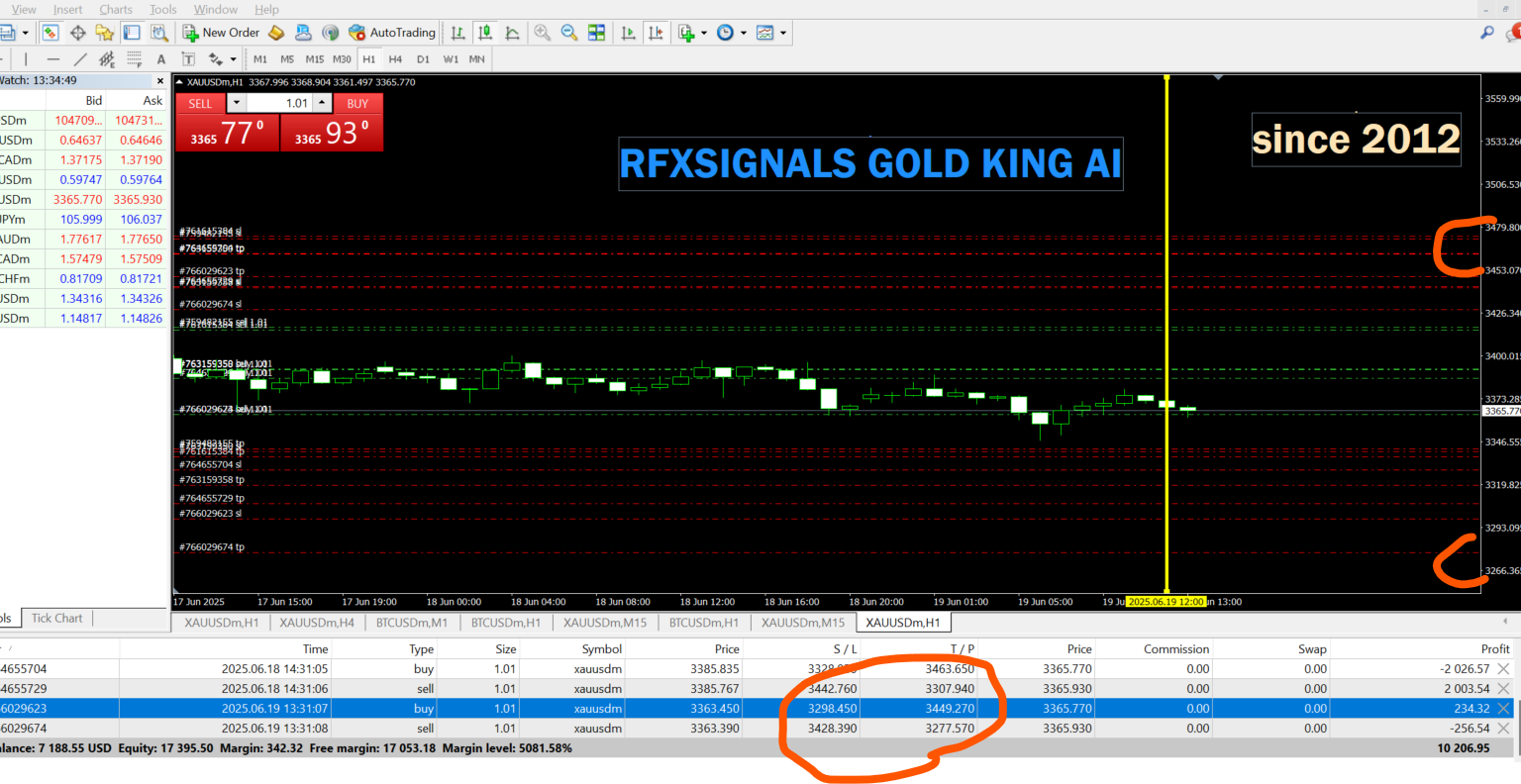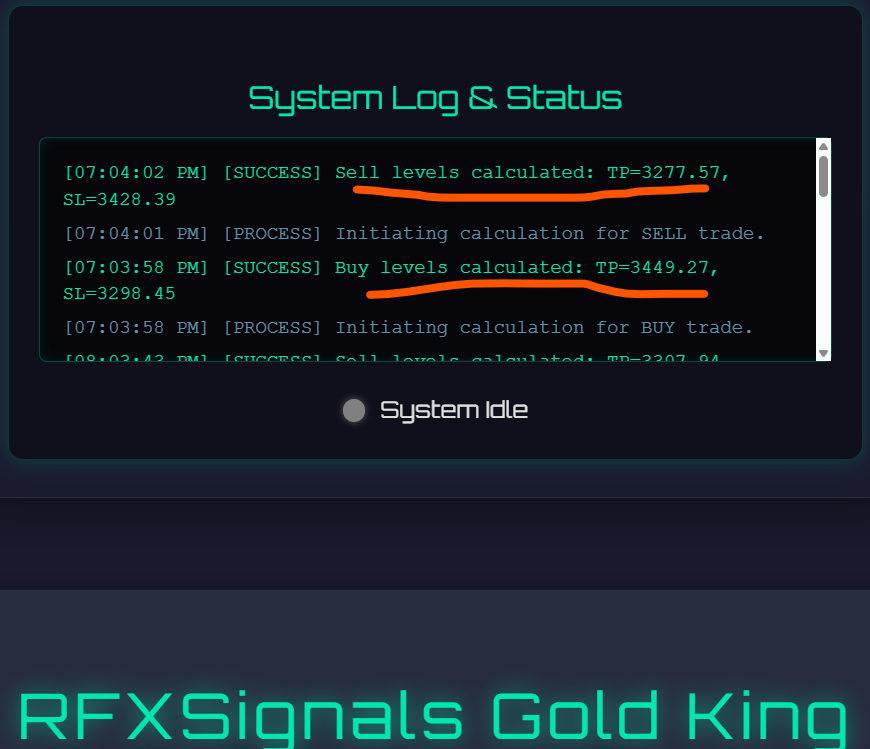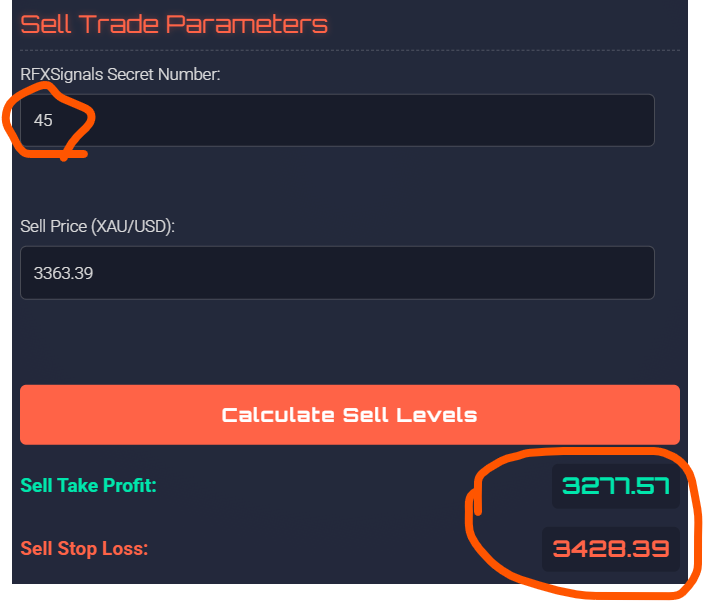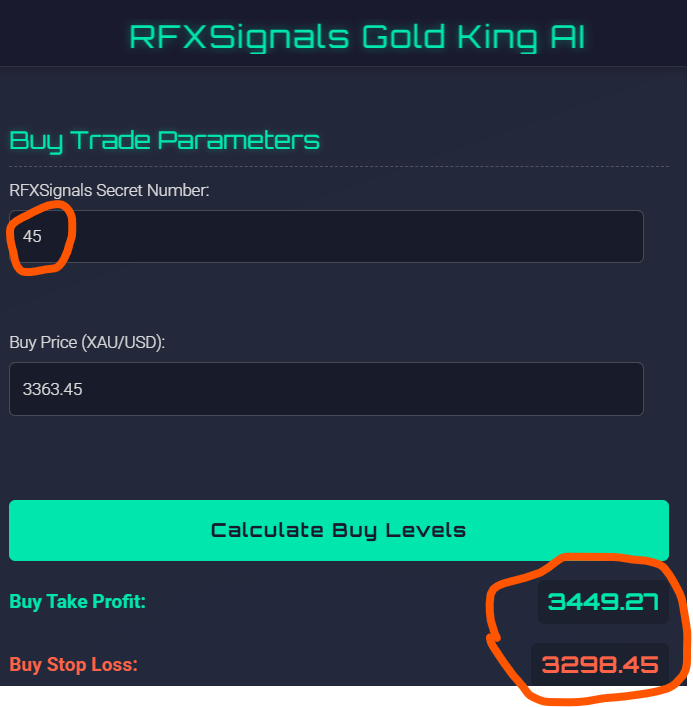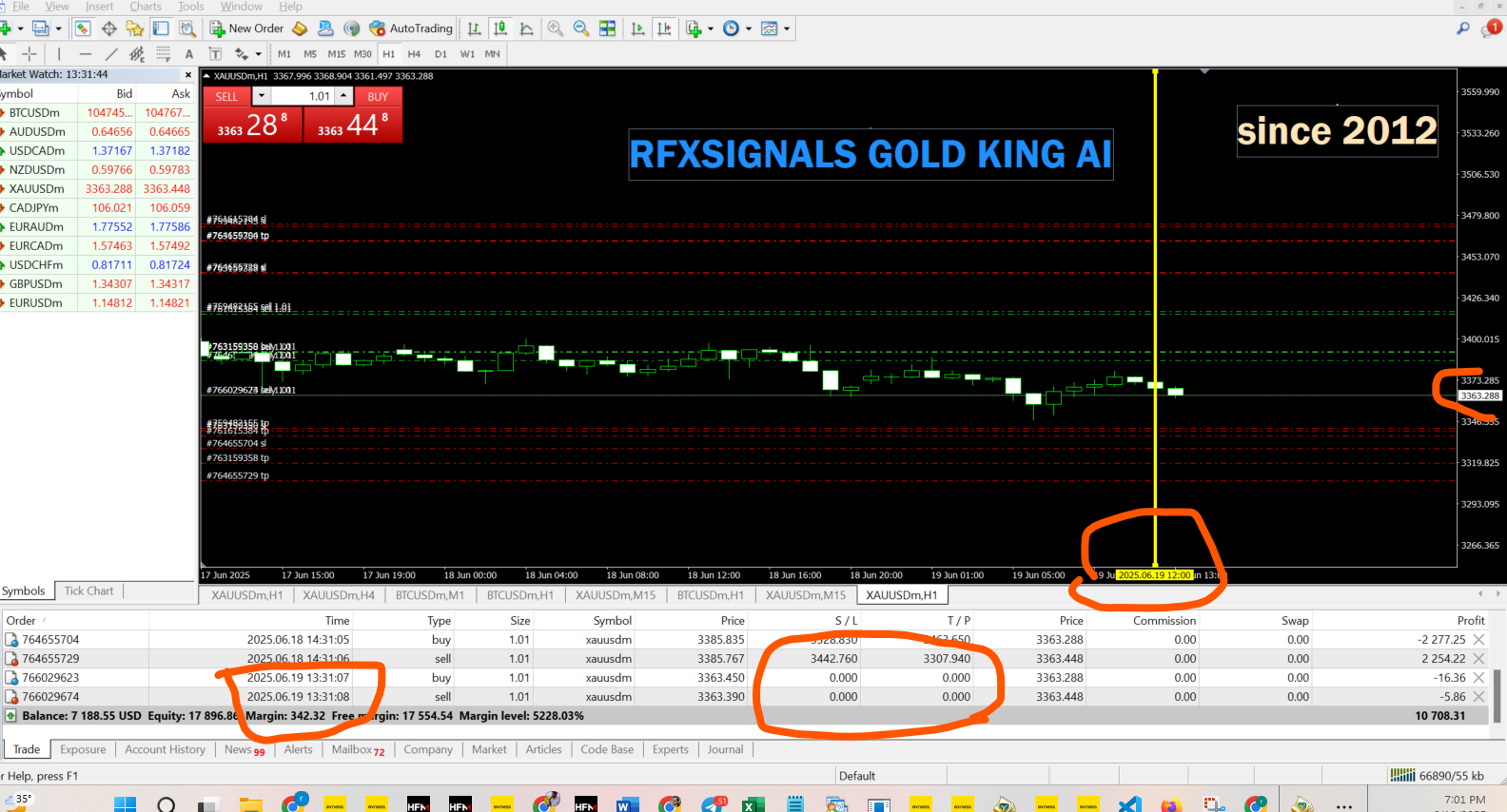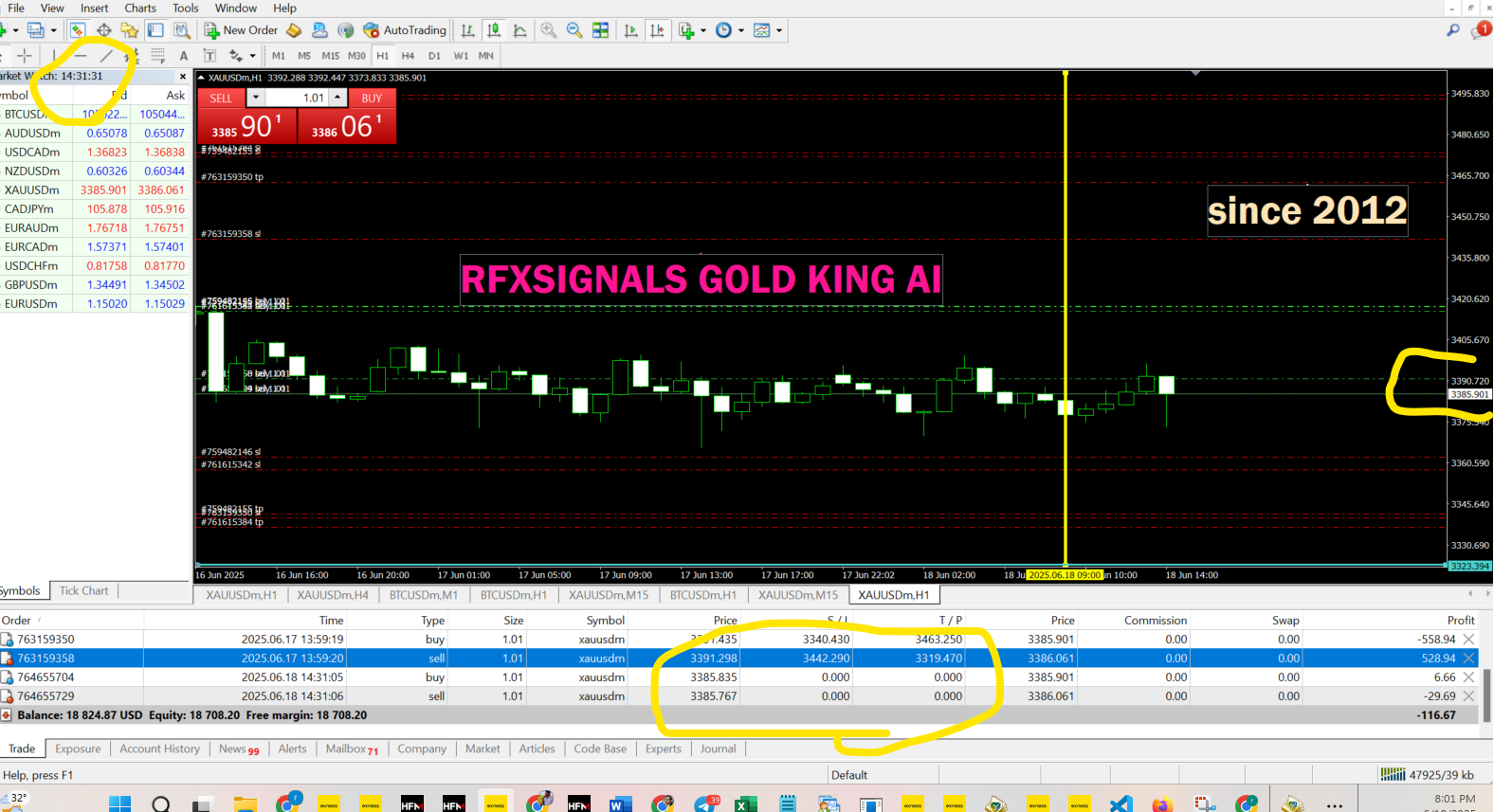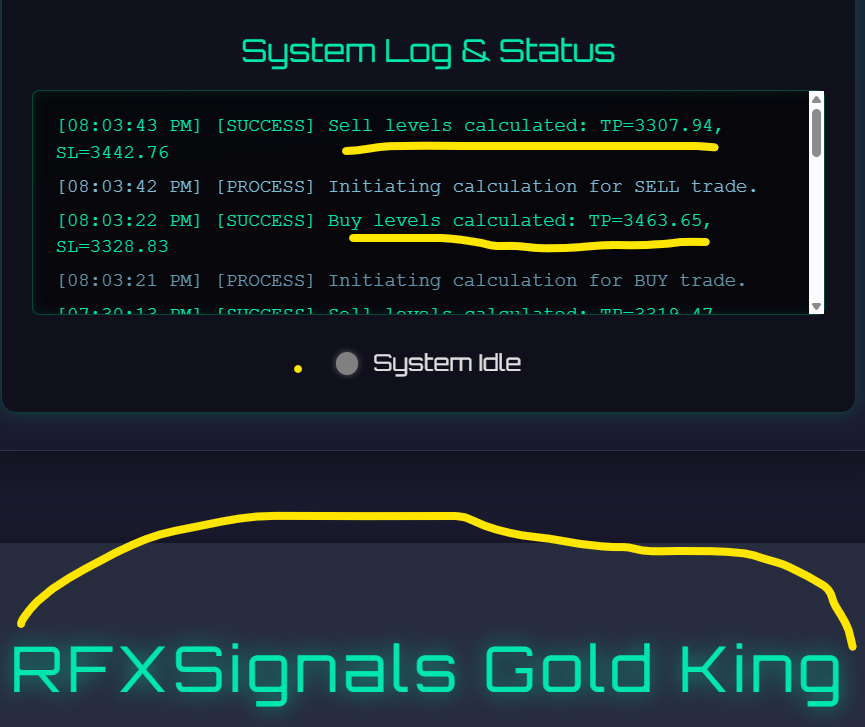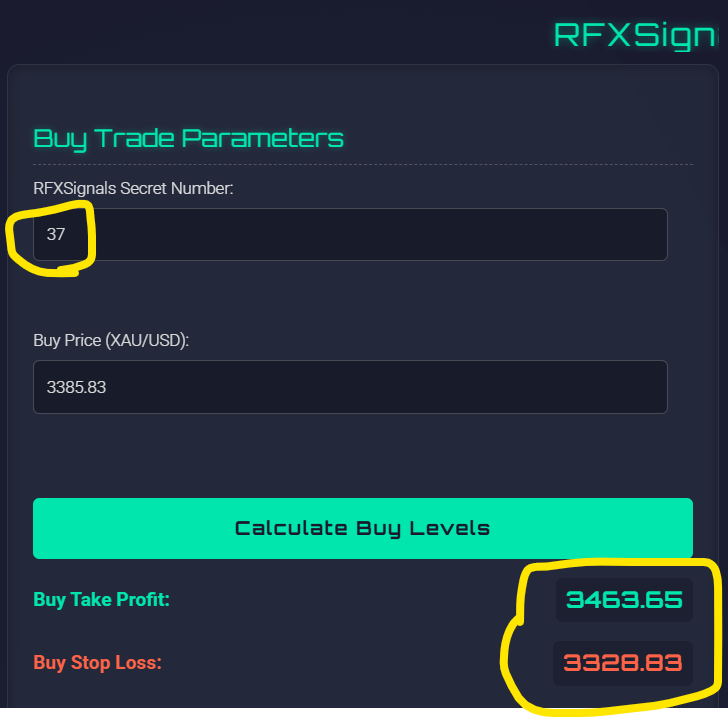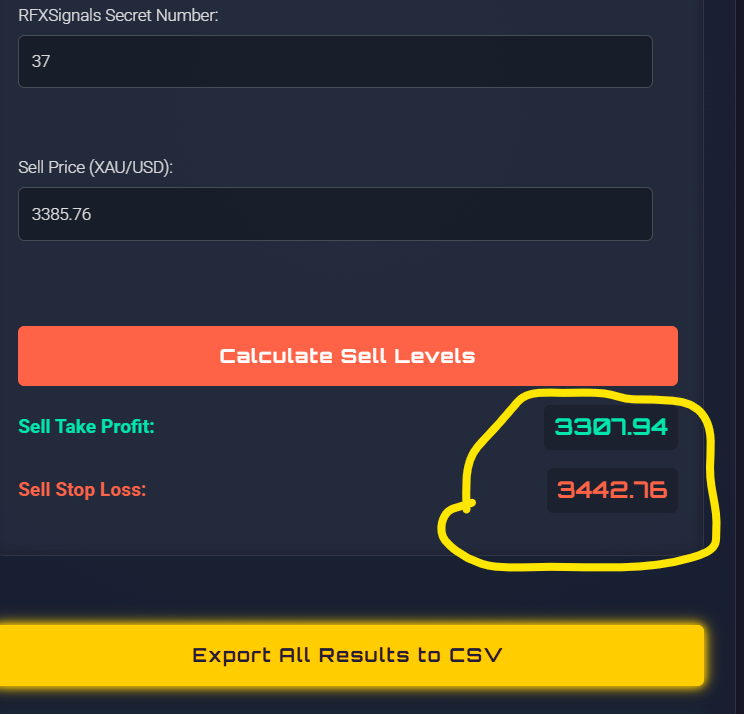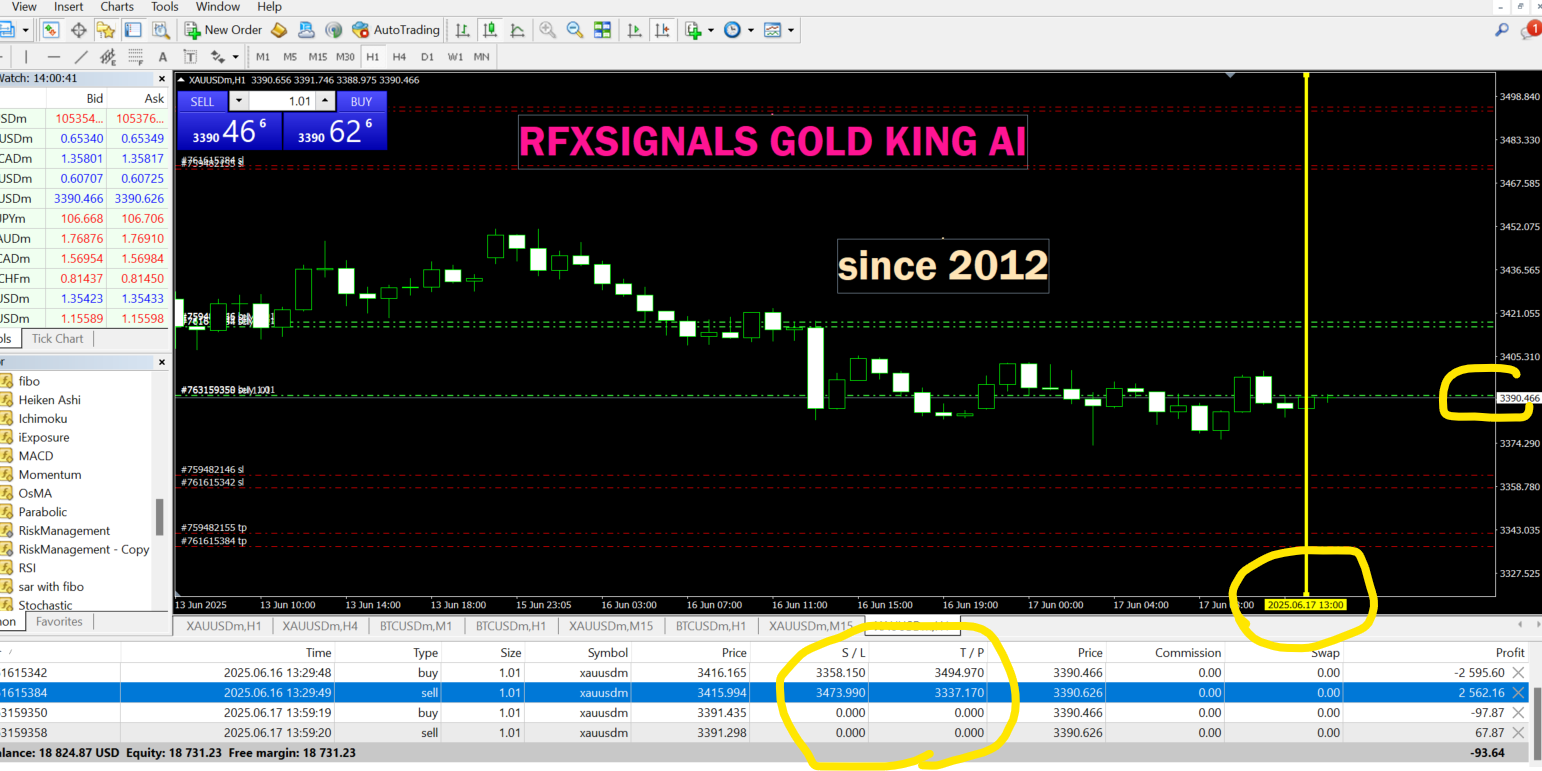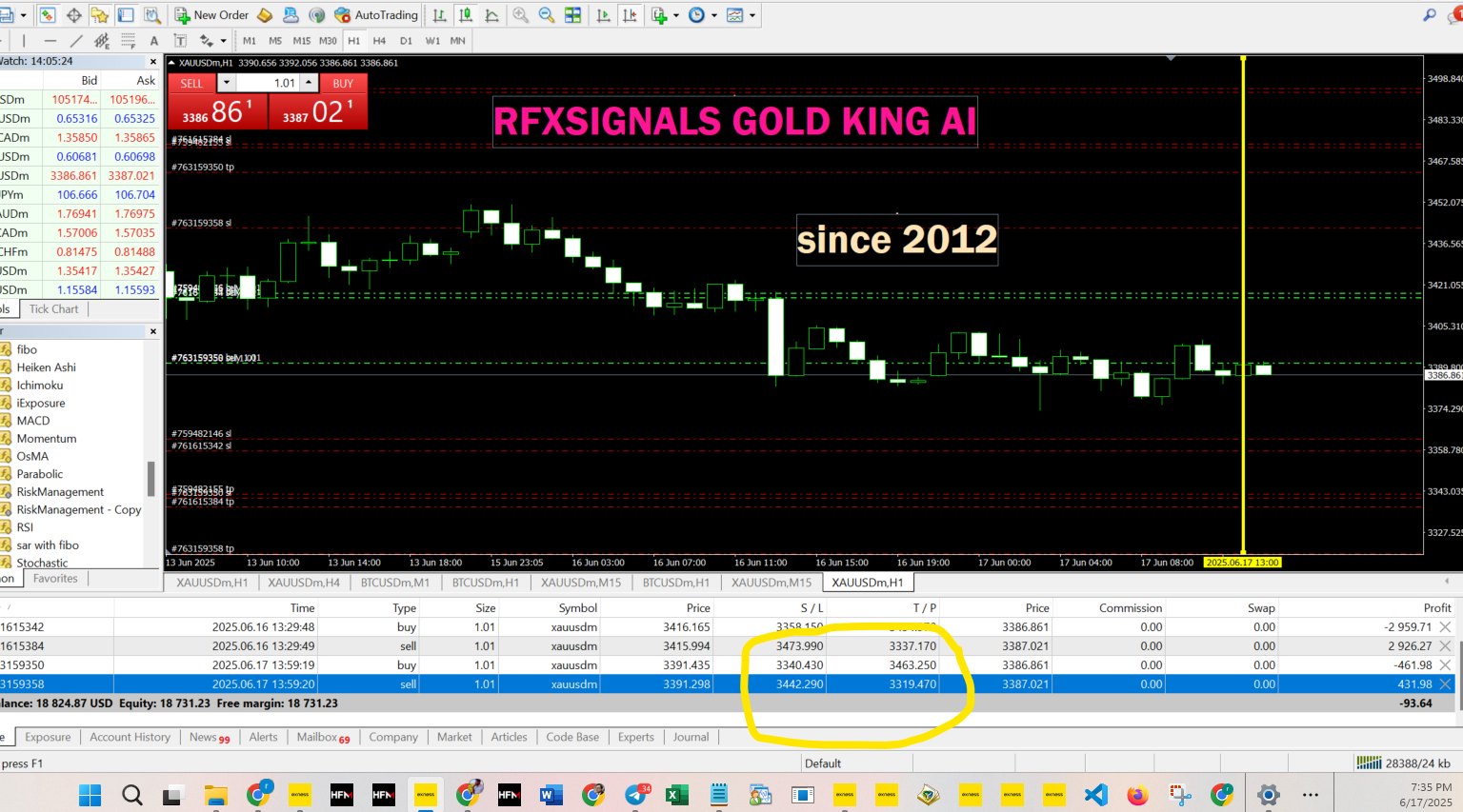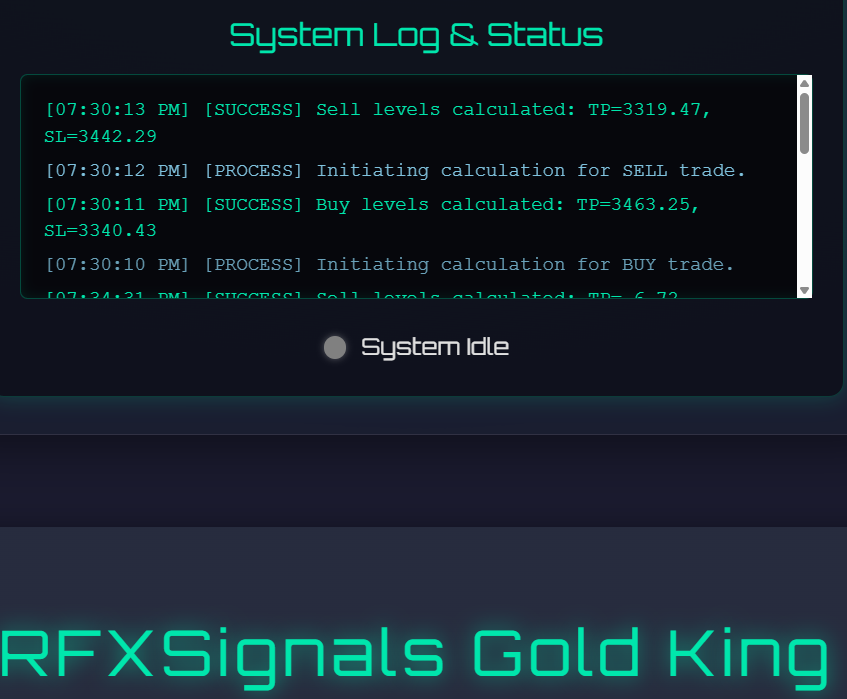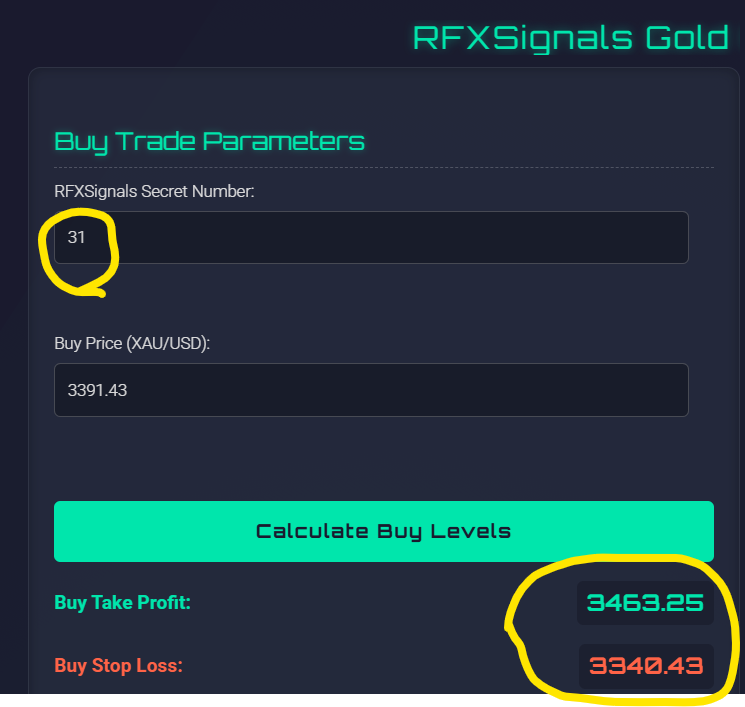✍️ Meta Description:
Discover the ideal risk-reward ratio in forex trading for 2025. Learn how to balance risk and reward to improve trading results with practical tips and tools.
📝 SEO-Optimized Article Content:
What is a Good Risk-Reward Ratio in Forex Trading?
Risk management is a cornerstone of successful forex trading. Among the most important concepts is the risk-reward ratio (RRR) — a simple but powerful formula that defines your trading strategy’s profitability.
📊 What is Risk-Reward Ratio?
The Risk-Reward Ratio compares the amount of money you’re risking on a trade to the potential reward.
Formula:Risk-Reward Ratio = Potential Loss / Potential Profit
For example, if you’re risking $50 to potentially gain $150, the RRR is 1:3.
🎯 What is a “Good” Risk-Reward Ratio?
1:2 is considered a minimum acceptable ratio for most traders.
1:3 or higher is preferred for long-term profitability.
Lower ratios like 1:1 are riskier unless you win more than 60% of your trades consistently.
✅ Benefits of High Risk-Reward Ratios
You don’t need to win every trade.
Improves your overall trading discipline.
Helps you withstand losses without draining your capital.
⚠️ Common Mistakes Traders Make
Chasing big profits with poor stop-loss planning.
Ignoring the ratio and focusing only on entry signals.
Over-leveraging without knowing the downside risk.
🛠️ Tools to Calculate Risk-Reward Ratio
MT4/MT5 Risk Tools
Online Risk Calculators
TradingView built-in tools
RFXSignals’ proprietary Risk Manager Tool (coming soon)
📈 Practical Example
If you enter a BUY trade at 1900 (XAUUSD), set stop-loss at 1890 and take-profit at 1920:
Risk: 10 pips
Reward: 20 pips
RRR = 1:2
This is a strong risk-managed trade setup.
🚀 Get High-Accuracy Forex Signals with RFXSignals
Want to trade with expert-level risk management? Join RFXSignals for real-time XAUUSD strategies with defined RRR on every alert.
🔔 Join Free Telegram Channel Now✅ Final Thoughts
Choosing the right risk-reward ratio helps you avoid emotional trading and build a disciplined approach. Use this guide as your foundation in 2025 and beyond.



